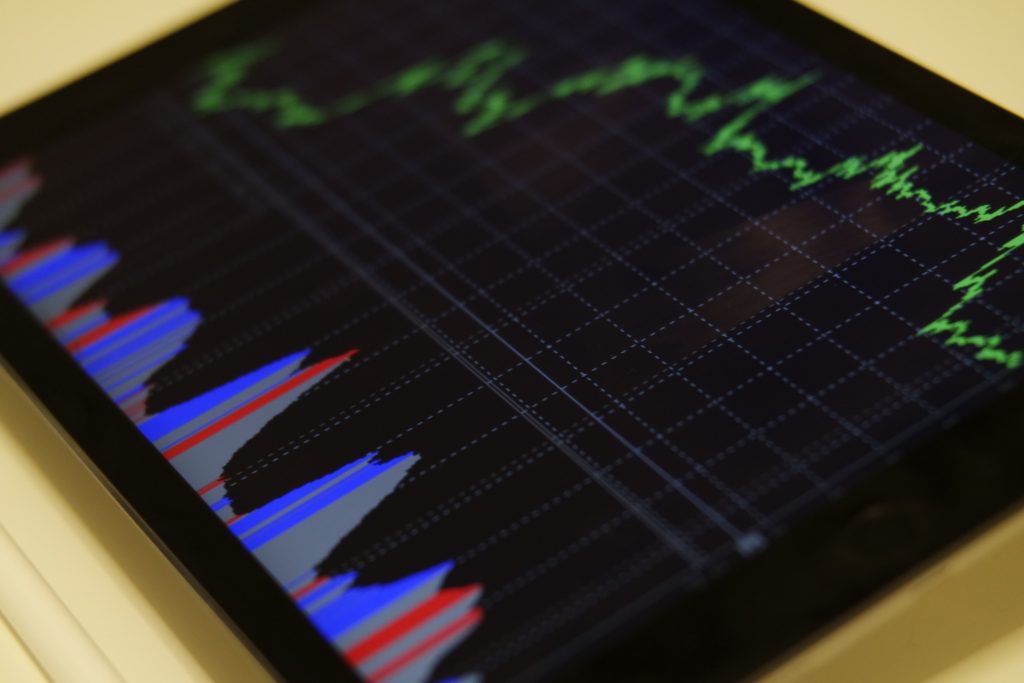Supply and Demand in the Global Marketplace is one of the most fundamental concepts in economics and is the backbone of a global economy. It is the basis of how buyers and sellers interact with one another in a market, and it is used to allocate resources in order to maximize their benefits. It is at the heart of price determination and market efficiency.
To understand how supply and demand affect a global economy, it is important to understand what supply and demand actually are. Put simply, supply and demand are how buyers and sellers interact in a market. Supply is the amount of a product or service that producers are willing to provide at a given price, while demand is the amount of a product or service that buyers are willing to buy at a given price.
When supply and demand meet in a particular price range, the market reaches equilibrium and the price for a given product stabilizes.

Importance of Supply and Demand on the Global Marketplace
In a global economy, supply and demand are even more important because of the increased amount of buyers and sellers that can take part in transactions. This means that prices for certain goods and services can be driven up or down as more buyers or sellers enter the market. For example, when a new product is released that many people want, demand increases and prices tend to rise. On the other hand, when a product becomes obsolete, demand decreases and prices tend to drop.
- When trying to interpret supply and demand data in a global economy, the most important thing to keep in mind is that price is determined by the balance between supply and demand.
- If there is more demand than supply, prices will increase, and if there is more supply than demand, prices will decrease. Additionally, it is important to look at related factors such as seasonality, political stability, economic trends, and consumer sentiment.
Supply and Demand in the Global Marketplace: How to Make Smart Investment Choices

When it comes to forming investment actions based on supply and demand data in a global economy, the key is to find the right balance between buying and selling. If the supply is greater than the demand, it is a good idea to buy more of a product or service in order to take advantage of low prices.
On the other hand, if the demand is greater than the supply, it is a good idea to sell more of a product or service in order to take advantage of the high prices.
Overall, supply and demand form the backbone of a global economy and it is important to understand how they interact in order to make informed investment decisions. By analyzing related data and factors such as seasonality, political stability, economic trends, and consumer sentiment, investors can determine when to buy or sell in order to maximize their benefits.
Effects of Demand and Supply on the global marketplace
The effects of demand and supply in the global economy are vast and varied and can impact numerous aspects of businesses, economies, and societies. Some of the key effects include:
- Price fluctuations: When demand for a product or service is high, its price tends to rise, whereas when supply is high, its price tends to fall. These price fluctuations can impact businesses and consumers alike, influencing purchasing decisions, revenues, and profits.
- Market trends: The balance between supply and demand can also influence market trends, as businesses and investors react to changing market conditions. For instance, a shortage in supply of a particular product may drive up demand for alternative products, creating new opportunities for businesses to capture market share.
Resource allocation: The interplay between supply and demand can also affect how resources are allocated within the global economy. When demand is high for a particular resource, such as oil or food, it can drive up prices and create competition among countries for access to those resources.
Employment: Changes in demand and supply can also impact employment levels, as businesses adjust their staffing and production levels in response to market conditions. - Innovation: Finally, supply and demand dynamics can also spur innovation, as businesses seek to meet emerging market needs and capture new opportunities. For example, the rise of renewable energy sources can be attributed in part to changing market conditions and growing demand for sustainable energy solutions.
Trends and Challenges
Some of the major trends and challenges of supply and demand in the global marketplace are:
- Digitalization: The increasing adoption of digital technologies has enabled businesses to reach new markets and connect with consumers more easily, but it has also increased competition and disrupted traditional supply chains.
- Globalization: The growth of international trade and investment has created new opportunities for businesses, but has also increased the complexity of supply chains and exposed companies to risks associated with global economic and political instability.
- Supply chain disruptions: Supply chains are becoming increasingly complex, and are vulnerable to disruptions such as natural disasters, political instability, and cyber attacks. These disruptions can cause significant economic and social impacts and are a major challenge for businesses seeking to balance supply and demand in the global marketplace.
- Evolving regulations: Governments are increasingly implementing regulations to address issues such as climate change, labour rights, and consumer protection. These regulations can create challenges for businesses seeking to operate in multiple countries and can impact supply and demand dynamics in the global marketplace.
- Changing consumer preferences: Consumers are becoming increasingly aware of environmental and social issues, and are demanding more sustainable and ethical products and services. This trend is creating opportunities for businesses that can meet these demands but is also placing pressure on traditional supply chains.
Summary
Supply and Demand in the Global Marketplace are the basis of how buyers and sellers interact in a market. Supply is the amount of a product or service that producers are willing to provide at a given price, while demand is the amount of a product or service that buyers are willing to buy at a given price. When supply and demand meet in a particular price range, the market reaches equilibrium and the price for a given product stabilizes.
Supply and demand are how buyers and sellers interact in a market. When supply and demand meet in a price range, the market reaches equilibrium and the price stabilizes. To make informed investment decisions, investors should analyze related data and factors such as seasonality, political stability, economic trends, and consumer sentiment to determine when to buy or sell.
Visit our page for more updates and news.



